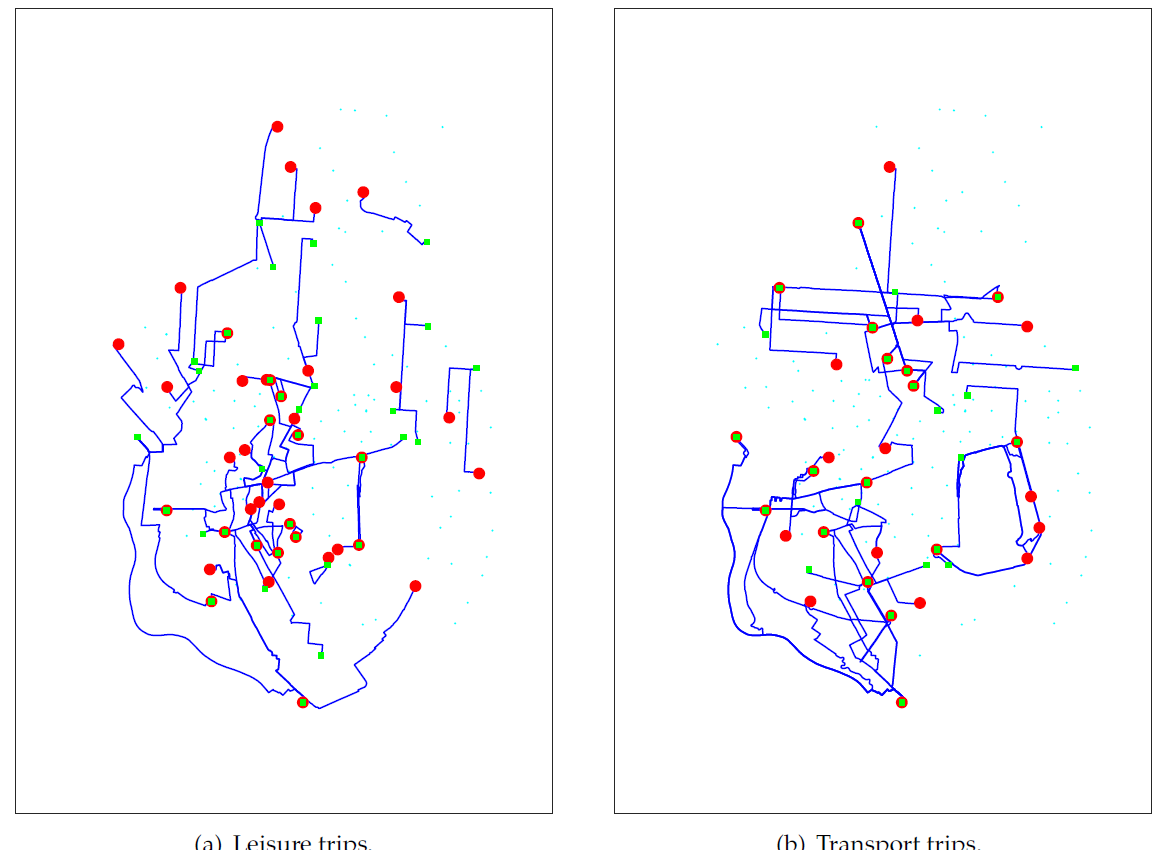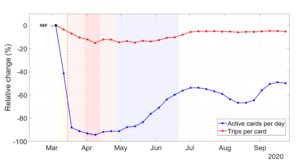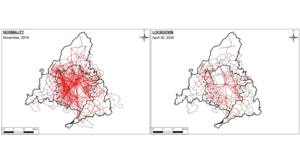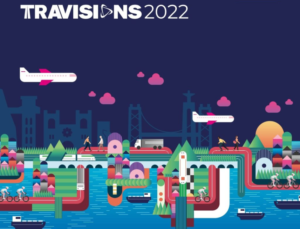Last August this article, written by researchers from the Group of Biometrics, Biosignals, Security & Smart Mobility (GB2S) and Transport Research Centre (TRANSyT) (both MoviTUR members) was published by Sensors Journal in its Special Issue Intelligent Transportation Related Complex Systems and Sensors. You can find more information below or visiting the GB2S website.
El pasado agosto se publicó en el número especial sobre Intelligent Transportation Related Complex Systems and Sensors de la resvista Sensors, esta investigación realizada por investigadores del Groupo de Biométrica, Bioseñales, Seguridad y Smart Mobility (GB2S) y el Centro de Investigación del Transporte (TRANSyT) pertenecientes al clúster de la movilidad del futuro MoviTUR. Más información a continuación y en la web del GB2S.
Abstract
Bicycle Sharing Systems (BSSs) are exponentially increasing in the urban mobility sector. They are traditionally conceived as a last-mile complement to the public transport system. In this paper, we demonstrate that BSSs can be seen as a public transport system in their own right. To do so, we build a mathematical framework for the classification of BSS trips. Using trajectory information, we create the trip index, which characterizes the intrinsic purpose of the use of BSS as transport or leisure. The construction of the trip index required a specific analysis of the BSS shortest path, which cannot be directly calculated from the topology of the network given that cyclists can find shortcuts through traffic lights, pedestrian crossings, etc. to reduce the overall traveled distance. Adding a layer of complication to the problem, these shortcuts have a non-trivial existence in terms of being intermittent, or short lived. We applied the proposed methodology to empirical data from BiciMAD, the public BSS in Madrid (Spain). The obtained results show that the trip index correctly determines transport and leisure categories, which exhibit distinct statistical and operational features. Finally, we inferred the underlying BSS public transport network and show the fundamental trajectories traveled by users. Based on this analysis, we conclude that 90.60% of BiciMAD’s use fall in the category of transport, which demonstrates our first statement.




